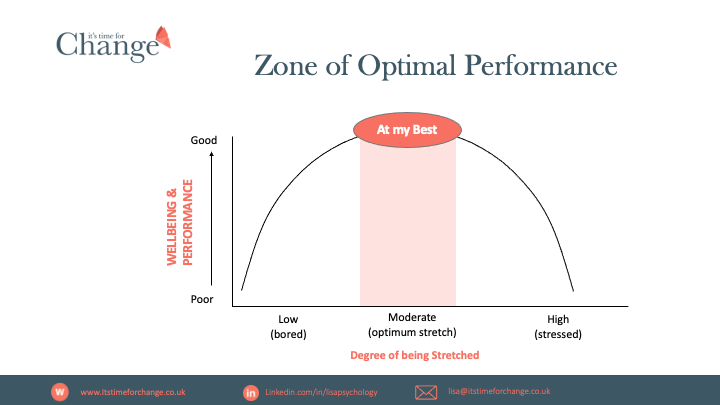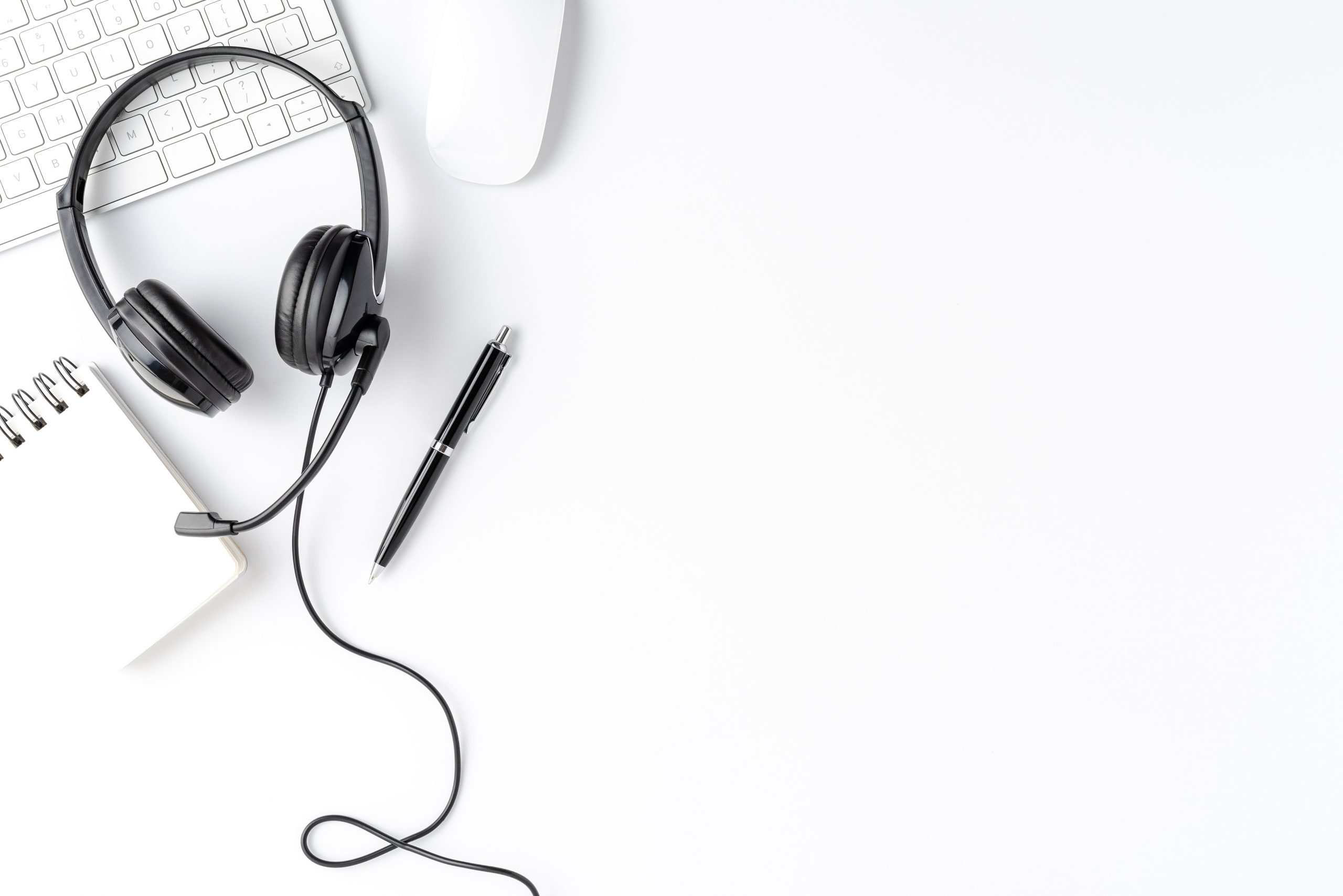Wellbeing by Design
When you think about wellbeing, what comes to mind? Possibly not the angle I take, which is to look at a ‘soft’ subject from a psychological and neuroscience perspective. That’s exactly what I did on Saturday, when I spoke about this and the relevance for leading a business in a changing world, at The Business Spa Future of Business event.
Participants were asked to describe their ideal self and consider how this differed to what their clients want from them. And then, their thoughts about what gets in the way of that, and the impact. We need this level of self-awareness to understand what drives our day-to-day behaviour – whether we are really adding value to our business or simply trying to stay on top of things. Who do you want to be, what impact do you really want to have, and are you achieving that? Are you conscious about how to be your best self?
“Wellness is not a passive or static state, but rather an active pursuit that is associated with intentions, choices, and actions that that lead toward an optimal state of health and wellbeing.”
Global Wellness Institute
Wellbeing requires a plan that is about:
- Self-awareness – when mindful leaders take time to check in and look after themselves.
- A human-experience that is about connectedness, support, transparency, and compassion.
- A strategy where everyone has a role to play, is held accountable, and goes beyond wellbeing bolt-ons – where it is integral to employee experience.
- A conscious focus on challenging misconceptions, for example about resilience representing the ability to cope with more, or stress being an acceptable and expected part of hard work and success.
Zone of Optimal Performance

When we recognise our move along the performance curve to a state of stress, and a resulting decline in our productivity, we can take action to get ourselves back on track. But that requires us to recognise what peak functioning feels and looks like, and our early warning signs that tell us we’re moving outside of our optimal zone.
The sad reality is that too many people operate in the stressed zone rather than the place where we are stretched and in control. Consider the impact on your relationships, communication, work performance, health, sleep and so on when your emotional arousal is too high. Yet most of us continue to hold on to it, meaning that our amygdala is in the driving seat with a spotlight on problems. That means we’re operating from a place of minimising threats instead of maximising opportunities. Which do you need to be most productive, creative, agile, rewarding and enjoyable?
Putting the weight of that stress down can require help-seeking behaviour that is about admitting the need for support, relying on others for assistance, and highlighting areas of personal weakness. This often contradicts the core aspects of identity for many leaders, and in-particular males, who tend to emphasise self-reliance and control. How good are you at asking for support?
High emotional arousal is a red flag that we must not ignore. It is signalling that the wrong circuitry in our brain is operating for us to be our best selves. We must take responsibility to register it and take action.
Cutting down the Stressors
To improve mental wellbeing, we need to reduce stress, and that requires getting to know the trigger points. Insight into what causes our emotional arousal to increase, means that we can deal with them differently. That might mean changing stressors in a tangible way, or simply thinking about them with an alternative perspective. Consider the placebo effect… sometimes we are expecting something to happen and that becomes a self-fulfilling prophecy.

Using our observing self to imagine we’re looking in on ourselves, to see things from a different perspective, and to create space for us to assess and choose a response, helps us to stay in control. One technique is to provide your amygdala with an identity so that you can hear your inner-critic, or voice of fear/ doom, and then CHOOSE what you want to do with it. You are not what your emotional brain tells you. YOU are what you choose to be by taking control.
- List your stressors
- Are they real or perceived? What is the evidence?
- List them in order of priority, from what would make the most impact on your wellbeing, to the least. Or, maybe the quick wins first.
- Then create a plan.
Reducing Noise
Engagement and success is about intellectual and emotional awareness, and knowledge and skills, functions of the prefrontal cortex that we know are inhibited by emotional arousal.
Mental noise, such as fear of letting yourself or others down and being judged not to be good enough, gets in the way of our cognitive functions such as rational thought, problem solving, planning, empathy and so on. In fact, mental noise can reduce our ability to process information by as much as 80%! Not only do distractions (even those that are subconscious) get in the way of performance, but focusing on unhelpful emotional drivers, such as fear and anxiety, or through a ‘glass-half-empty’ lens, synonymous with increased emotional arousal, is a problem. Shawn Achor summarises this well:
“Raising the level of positivity gives you an advantage: the brain is 31% more productive than when in a neutral, negative or stressed mode.”

Consider this: There are around 40 environmental cues you can consciously pay attention to at any one time. Subconsciously that number is more than 2 million. Yet, we can only consciously hold in mind 3-4 items, and that depends on the complexity of them. So, it we are engaging with an activity whist being exposed to too much information that requires our conscious attention, it is detrimental to our performance. Put bluntly, too greater mental load slows productivity, inhibits creativity and increases the likelihood of mistakes.
Sounds obvious but our work spaces are full of distractions and our attention is easily interrupted by emotional responses or other cues vying for our attention. Look around you now – what do you see? What sounds are you noticing that are capturing your attention? Where is your mind off wandering to?
And (regrettably) to dispel the myth that women are great at multi-tasking… we may appear competent as our brain-wiring enables us to notice and keep in mind a number of different things at the same time, but the quality of what we do is diminished with the more tasks we take on. (Though that doesn’t make it any easier to put down some of the tasks being juggled!)
So you need to be conscious about strategies to minimise mental noise. Remember, opening your inbox to see 100 new emails can create the same fight/flight response as fighting for our life!
What does ‘good’ look like?
Without clarity about a simple question, ‘good’ becomes a nominalisation.

What does 0 look like? It is not necessarily about overwhelm. For some, it may represent boredom if business is quiet or you feel stuck with tasks that are unfulfilling. Under-stimulation creates emotional arousal too, that is a motivator to take action. A good starting point is having the conversation to acknowledge feelings, explore ideas that would increase feeling ‘good’, and adapting roles to build on strengths and interests. Of course, for many people, 0 represents feelings of stress – our perspective is unique, which is why we must ask what these points represent for each individual.
What does 10 look like? What feelings and behaviours will we experience and observe there? Describe in as much detail as possible what 10 is like for you and your team, for example: feeling empowered, having autonomy, understanding what is expected of me in my role, clear boundaries, work-life integration, recognition, opportunities for growth, where values are lived and breathed, where we have each others’ backs and seek to help each other out…
These are all features of psychological safety, a vital foundation for good wellbeing. This drives behaviours for a company to perform well.
- Where do you put yourself (or your team/ company) on the scale?
- Where would others (employees, clients, other stakeholders) put you?
- Where do you want to be? For some people, something less than 10 is ‘good enough’ – it is important that everyone knows your intention, to create a shared goal and drive.
- How will you contribute to moving along the scale?
- What have you experience or observed from the past that worked well, that you want to take into the future? What do you want to leave behind?
- What do you need help with?
The BIG picture

Achieving ‘good’ is all about your lived experience. Everything we do is about wellbeing – a state that is shaped by how we feel and also generates our feelings. In other words, wellbeing goes way beyond a conversation, a mental health bulletin, a workshop or a policy.
We must plan to meet emotional needs, such as autonomy, connection, achievement, status, and purpose, as they underpin our mental health and wellbeing. That includes space to reduce the noise, and boundaries that enable us to switch off.
Psychological safety defines our culture and sense of wellbeing – to feel included, able to learn, free to contribute and safe to challenge. This becomes even more important during times of change and uncertainty when emotional arousal is higher and communication, including empathy, suffers. When people do not feel secure, including the freedom to be authentic, they are on higher alert with a spot light on potential danger.
Opportunities to connect, collaborate and have fun are an essential part of feeling and working well. When we see others smile, our mirror neurons respond; we smile in response and that sends messages to our brain, completing a feedback loop to say we feel ok.
There are many cognitive strategies too, such as reframing (is it a 6 or 9?), being solution focused, challenging your inner critic and identifying your spheres of influence. But I’ll leave you with this quote from Henry Ford, who I think sums up the intention to plan and implement wellbeing:
“Whether you think you can or can’t, you’re right.”
Our mindset plays a huge part on our wellbeing. We should not be passive in terms of what we experience.
If you’d like to find out more about what mental wellbeing means to you and your workforce, and how to create and implement a plan that really makes a difference, get in touch. I’m always happy to have the conversation to set you on the right path.




